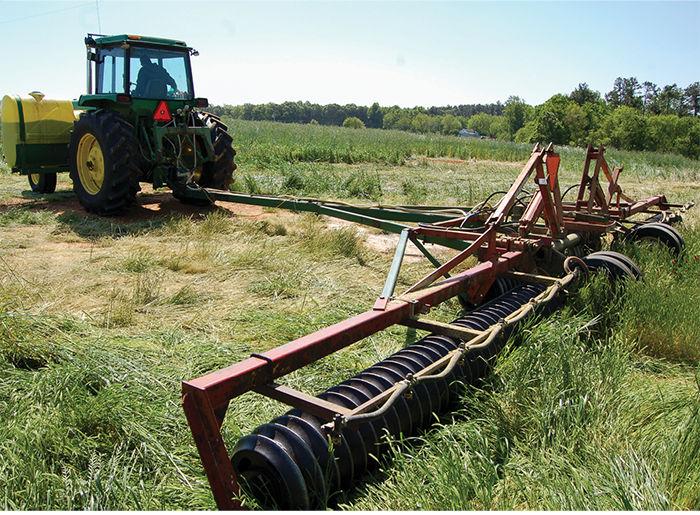No-Till Farmer
Get full access NOW to the most comprehensive, powerful and easy-to-use online resource for no-tillage practices. Just one good idea will pay for your subscription hundreds of times over.

Your cover crop has protected the soil, contributed nutrients and helped enhance soil health. But it has to die for the following crop to reap the benefits.
If the cover crop isn’t one that winterkills, no-tillers will have to terminate it themselves, but different species require different herbicides, timing, rates and weather conditions for effective control and optimal benefits.
Here’s a look at the best strategies for terminating some of the most popular cover-crop species being used by no-tillers and strip-tillers.
Cereal rye is fairly easy to kill with glyphosate, says Penn State University weed scientist Bill Curran. But there are multiple factors to consider when terminating it.
“Keep in mind that if it turns warm, cereal rye can grow at a very rapid rate,” he says. “It can get away from you, especially if you have a lot of acres to treat.”
In addition to creating a very large quantity of biomass that some no-tillers may not be prepared to deal with when planting the following crop, the cereal rye becomes lignified. The woody residue takes a much longer time to break down due to a higher carbon:nitrogen ratio.
The termination-timing standard for cereal rye has been 7 to 14 days ahead of planting. One of the reasons for that interim period is to give pests such as slugs and black cutworms time to move out of the cover crop, rather than being present when the new crop emerges, as well as giving time…